
..with a huge payoff, in gradual steps:
✅Choice of right depth
✅Body Posture
✅Visually - guided locomotion, eventually
7/n
@mikebok.bsky.social
Biologist at Lund University, Sweden. Interested in the evolution and function of vision in invertebrates. Middling photographer.

..with a huge payoff, in gradual steps:
✅Choice of right depth
✅Body Posture
✅Visually - guided locomotion, eventually
7/n
Extremely grateful to @wellcometrust.bsky.social @vetenskapsradet.bsky.social @erc.europa.eu @hfspo.bsky.social @ukri.org @leverhulme.ac.uk @thelisterinstitute.bsky.social for their generous support of our eye evolution endeavours 👁️🦗🐋
12.09.2025 12:58 — 👍 8 🔁 1 💬 0 📌 0Very excited about our new preprint, led by @gkafetzis.bsky.social /w @mikebok.bsky.social & @denilsson.bsky.social. We suggest that the vertebrate 'duplex' retina emerged from interconnecting two ancient median-eye microcircuits. Say goodbye to the 'simplex' retina - it probably never existed!
12.09.2025 13:23 — 👍 14 🔁 6 💬 0 📌 0
Most bilaterians keep photoreceptor types separate.
But vertebrate eyes are a mash-up:
🪡Ciliary (rods & cones) and
💈Rhabdomeric (ganglion, amacrine, horizontal)
…all packed into a multilayered circuit.
2/n

👁️The retina — strikingly conserved across vertebrates, but an oddity among bilaterians!
So how did it evolve?
With @mikebok.bsky.social, @neurofishh.bsky.social and @denilsson.bsky.social, we argue that retinal complexity may 𝑝𝑟𝑒𝑑𝑎𝑡𝑒 𝑡ℎ𝑒 𝑒𝑦𝑒 𝑖𝑡𝑠𝑒𝑙𝑓.
www.biorxiv.org/content/10.1...
1/n

Three members of the group stand on a bridge over the ring at the BESSY II synchrotron
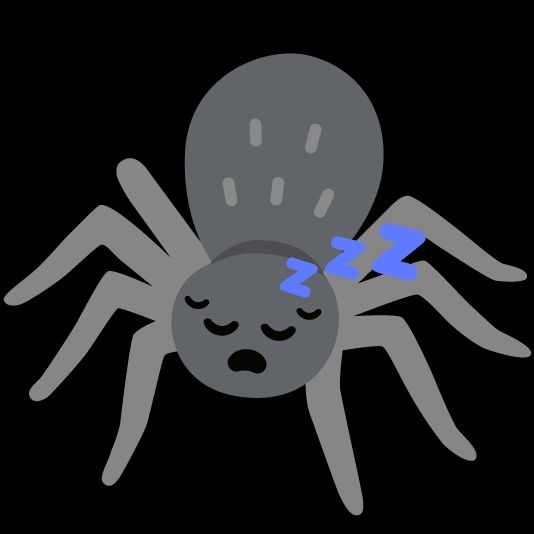
Fresh(ish) from the week at BESSY II @helmholtz.de looking at the changes associated with eye loss in spiders! Not pictured: our valiant night shifters, @mikebok.bsky.social, Karla Lopez Reyes, and Constance Coubris 💪🏼🌃
11.07.2025 13:01 — 👍 8 🔁 3 💬 0 📌 0
Very excited and proud to finally share this story! 🐙
We discovered surprising roles for dopamine and acetylcholine in the Octopus visual system…
doi.org/10.1101/2025...
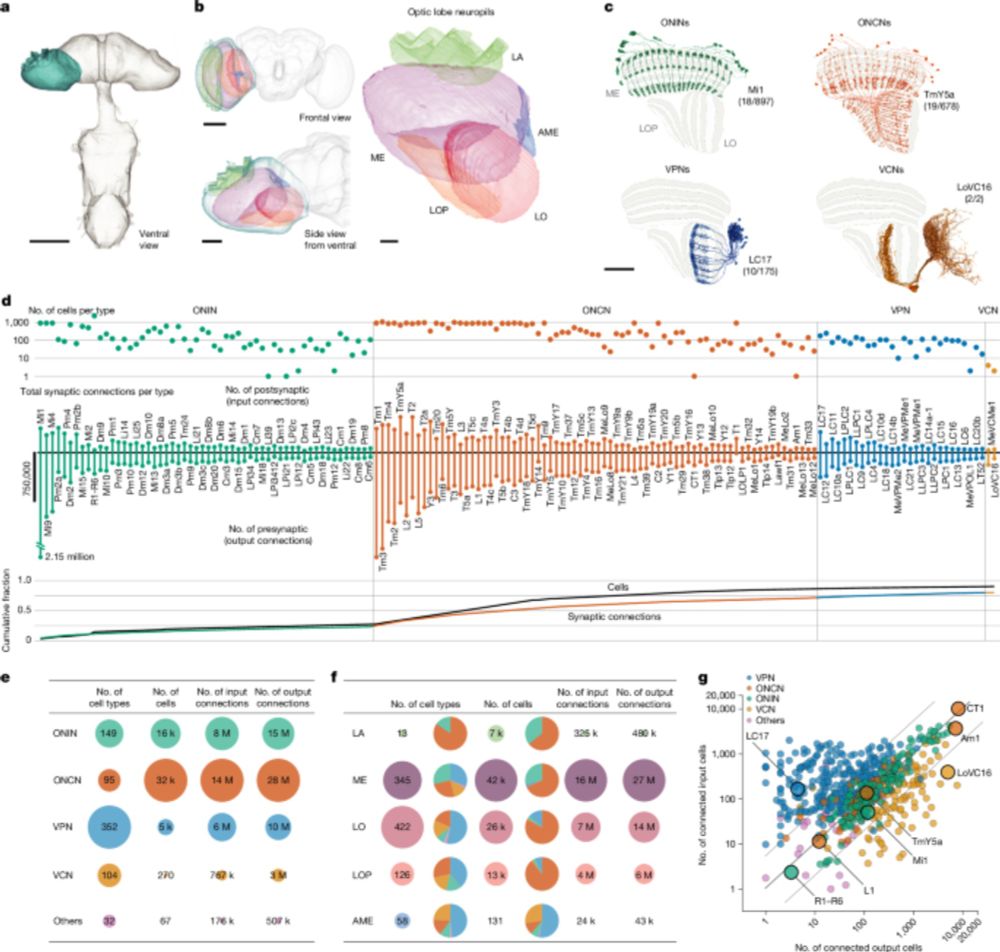
I know there's a 𝒍𝒐𝒕 going on right now, but I couldn’t be prouder to share this long-incubated labor of love: the complete connectome of the male 𝐷𝑟𝑜𝑠𝑜𝑝ℎ𝑖𝑙𝑎 optic lobe 🧠🪰
🔗 www.nature.com/articles/s41...

We will peer across a 500 million year chasm of convergent evolution to discover how high resolution camera eyes in cephalopods and polychetes function without the elaborate local circuitry found in the vertebrate retina.
27.03.2025 14:09 — 👍 12 🔁 2 💬 1 📌 0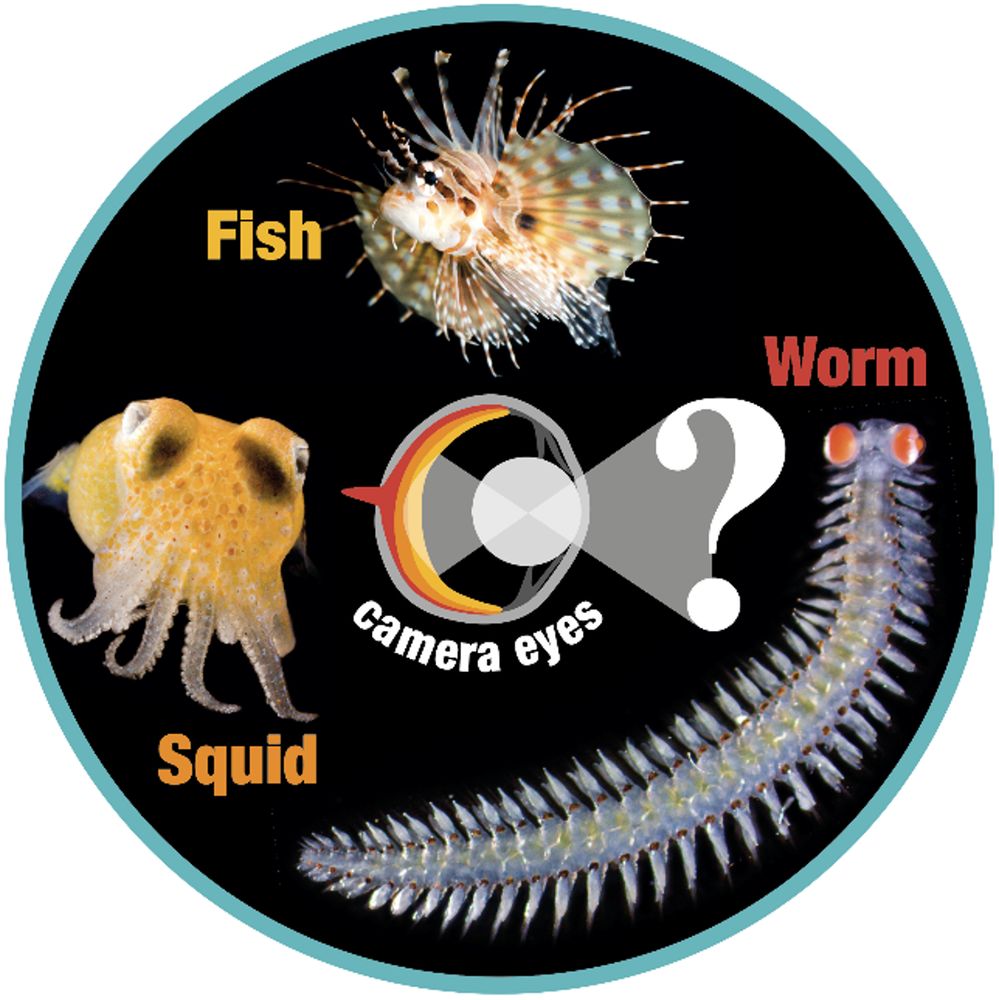
Super excited to have received a @hfspo.bsky.social grant with with @neurofishh.bsky.social for our proposal: Eyes inside out: Visual coding without a multilayered retina in squid and worms.
27.03.2025 14:09 — 👍 52 🔁 8 💬 6 📌 1
oh INTERESTING! So apparently this FOUR EYED thing is a consistent anomaly cross different strombid taxa ?!?#molluscmonday www.inaturalist.org/observations...
24.03.2025 18:00 — 👍 44 🔁 8 💬 2 📌 1
“We are losing sight of the academic mission: to think, to enquire, to design and perform new research, to innovate, to teach and communicate our findings for the purpose of societal improvement”
academic.oup.com/brain/articl...

Three panels: On top is a face on view of a large Tomopteris polychaete, with orange pigment spots along its long anterior antennae. Lower left shows the yellow bioluminescent emission typical of the genus Tomopteris. Lower right shows the blue bioluminescent emission of a Tomopteris species. This color is typical for marine animals, but atypical for Tomopteris, which is the odd-species-out for luminescent emission spectra. Blue-emitting Tomopteris were independently discovered by our lab in the Pacific and by Anaïd Gouveneaux working in Jerôme Mallefet's lab in Belgium. Warren determined that the chemical which gives the yellow color seems to be aloe-emodin, but the function of using yellow light rather than blue remains unknown. See the two manuscripts linked in the main text, and references therein, for more detailed info.
A fun case of usual-unusual: Most luminescence in the sea is blue-green, but Tomopteris worms emit yellow light.
With Warren Francis, we found a species that emits blue light — unusual but usual. 🦑🧪
link.springer.com/article/10.1007/s00227-016-3028-2
doi.org/10.1002/bio.2671
A polychaete worm with tiny googly eyes, drifting in the great blue.
11.03.2025 09:06 — 👍 27 🔁 8 💬 2 📌 0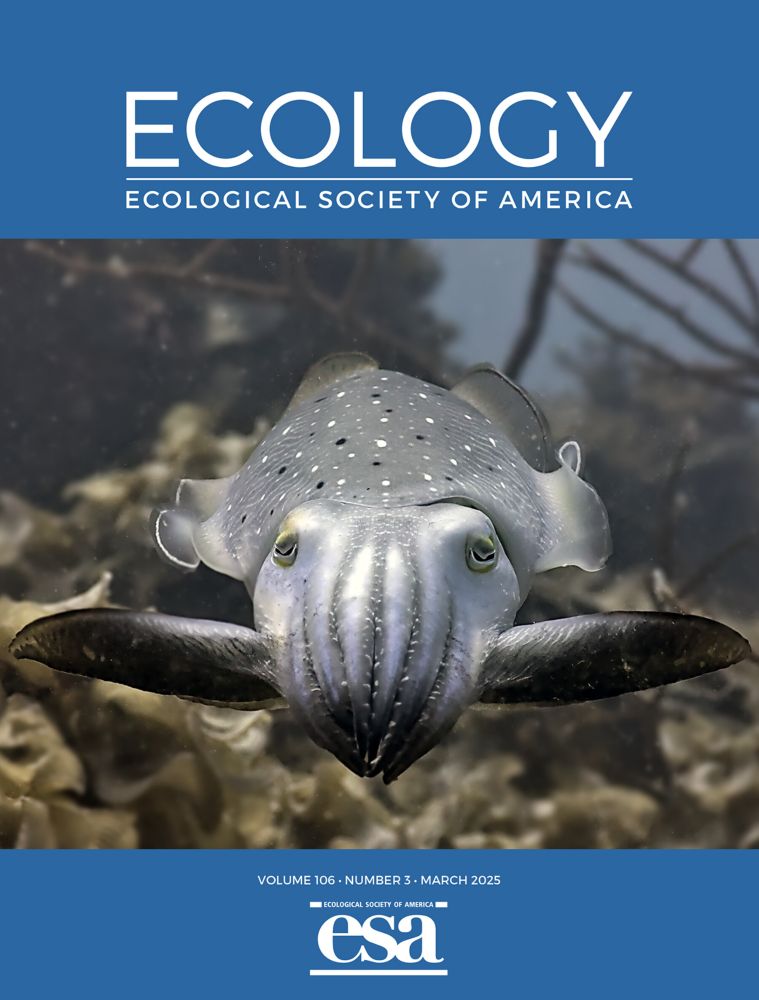
New issue of Ecology chose one of my pictures as cover image. Amazing to see hunting broadclub on the cover!!
@drmartinjhow.bsky.social @bristolbiosci.bsky.social @ecologyofvision.bsky.social

New Scientist video about our recent cuttlefish paper. @ecologyofvision.bsky.social @bristolbiosci.bsky.social @matteosanton.bsky.social
21.02.2025 11:00 — 👍 14 🔁 6 💬 0 📌 0First paper out on this incredible study system! We describe the remarkably different hunting displays used by the broadclub cuttlefish in the wild.
Paper: dx.doi.org/10.1002/ecy....
Stay tuned for more!!
@drmartinjhow.bsky.social @vancedberg.bsky.social @ecologyofvision.bsky.social
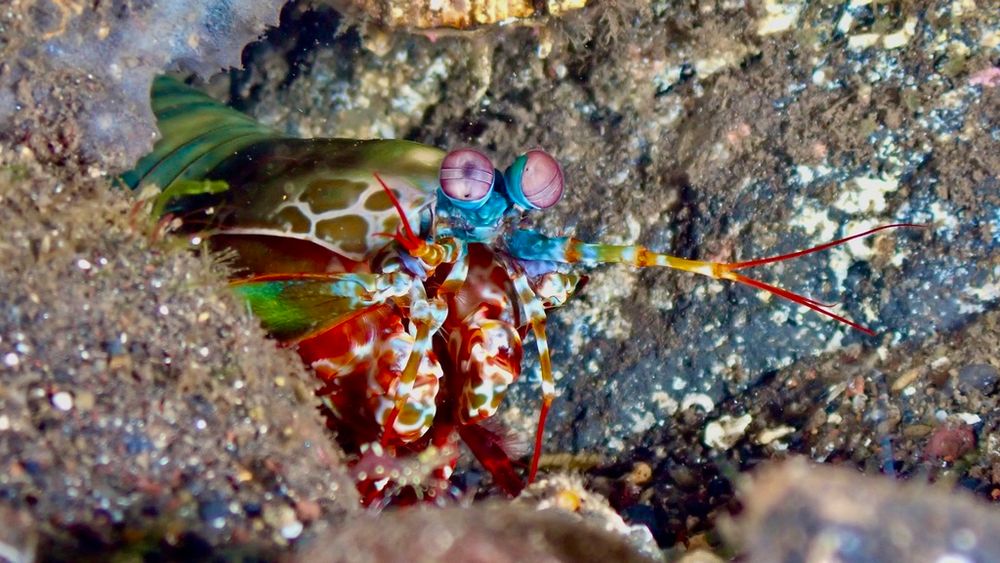
Definitely don’t poke this mantis shrimp, lest it poke back. Credit: Chris Spain | CC0
Mantis shrimp can break glass with their powerful punches. Now we know why they don't break their own claws. That and more of the best in @science.org and science in this edition of #ScienceAdviser: www.science.org/content/arti... 🧪
07.02.2025 17:23 — 👍 206 🔁 49 💬 3 📌 5
Did you know some single-cell dinoflagellates have a lens eye? Anders Garm at the University of Copenhagen is recruiting a postdoc to help find out why. Check out the advertisement, below 🧪
candidate.hr-manager.net/ApplicationI...
photo: Franz Neidl

An"eye-catching" talk by Mike @mikebok.bsky.social from the Lund Vision group @lundvision.bsky.social at @univie.ac.at @viennabiocenter.bsky.social today, cutting from fan worm eyes to the gollum-like eyes of alciopid worms (see the recent @currentbiology.bsky.social study: doi.org/10.1016/j.cu...)
31.01.2025 11:51 — 👍 6 🔁 1 💬 0 📌 0Two blue mosquitoes (there are more!). Left, Toxorhynchites (a worldwide genus whose larvae are predators on other aquatic insects including mosquitoes) and right, Sabethes, a South America genus where adults have large patches of scales on their legs for sexual display.
#BlueMonday
#BlueBugs

Just started reading this exciting book edited by @mikebok.bsky.social & Elke Buschbeck. It takes us to a fascinating world on different visual systems featuring evolutionary and behavioral aspects. A must read for everyone interested in #neuroethology & vision.
link.springer.com/book/10.1007...
I do not find the chromatic aberration hypotheses from the lens or pupil to be particularly convincing. The chromophore swapping and tiered retina in firefly squid seems to be the best shot at color vision in cephalopods. Perhaps there are more systems like that in other species.
09.01.2025 13:06 — 👍 3 🔁 0 💬 0 📌 0I always liked the idea that they use chromatophore pigments as spectral filters for photoreceptors in the skin to detect environment color, but hasn't panned out. I think they are not matching color, but simply evolved chromatophores suited for their habitat and they just adjust contrast patterns.
09.01.2025 13:00 — 👍 2 🔁 0 💬 1 📌 0I'm very excited to give this talk in January! It's free to attend via zoom if you're interested! :)
19.12.2024 16:30 — 👍 16 🔁 9 💬 1 📌 1
This is so sad. The first image on Google search for the firefly squid is AI slop of god-knows what...
09.01.2025 09:02 — 👍 3 🔁 0 💬 2 📌 0Gap junctions FTW!
If you want to understand how neuronal circuits work, you can’t ignore gap junctions.

Photo of 3D printed hyperspectral open-source imager (HOSI) connected to an Android phone with a readout of an image of butterflies, with pinned/taxidermized butterflies in background.
New open-source hyperspectral imager you can 3D print for less than $450 from
@jtroscianko.bsky.social. The HOSI system can take panoramic hyperspectral images that meet the difficult requirements of artificial light at night (ALAN) research.
bmcbiol.biomedcentral.com/articles/10.... #BMCBiology

🦟 Pestered by mosquitoes? Fear not—grapefruit might hold the key! 🍊In our latest paper in @currentbiology.bsky.social, led by Merybeth Triana and Felipe Andreazza, we explore how nootkatone, a compound derived from grapefruit, affects mosquitoes. authors.elsevier.com/sd/article/S...
03.12.2024 21:18 — 👍 100 🔁 43 💬 6 📌 2